Free, downloadable resources to use with students so that they can grow in the knowledge and ability to stay safe and responsible online.
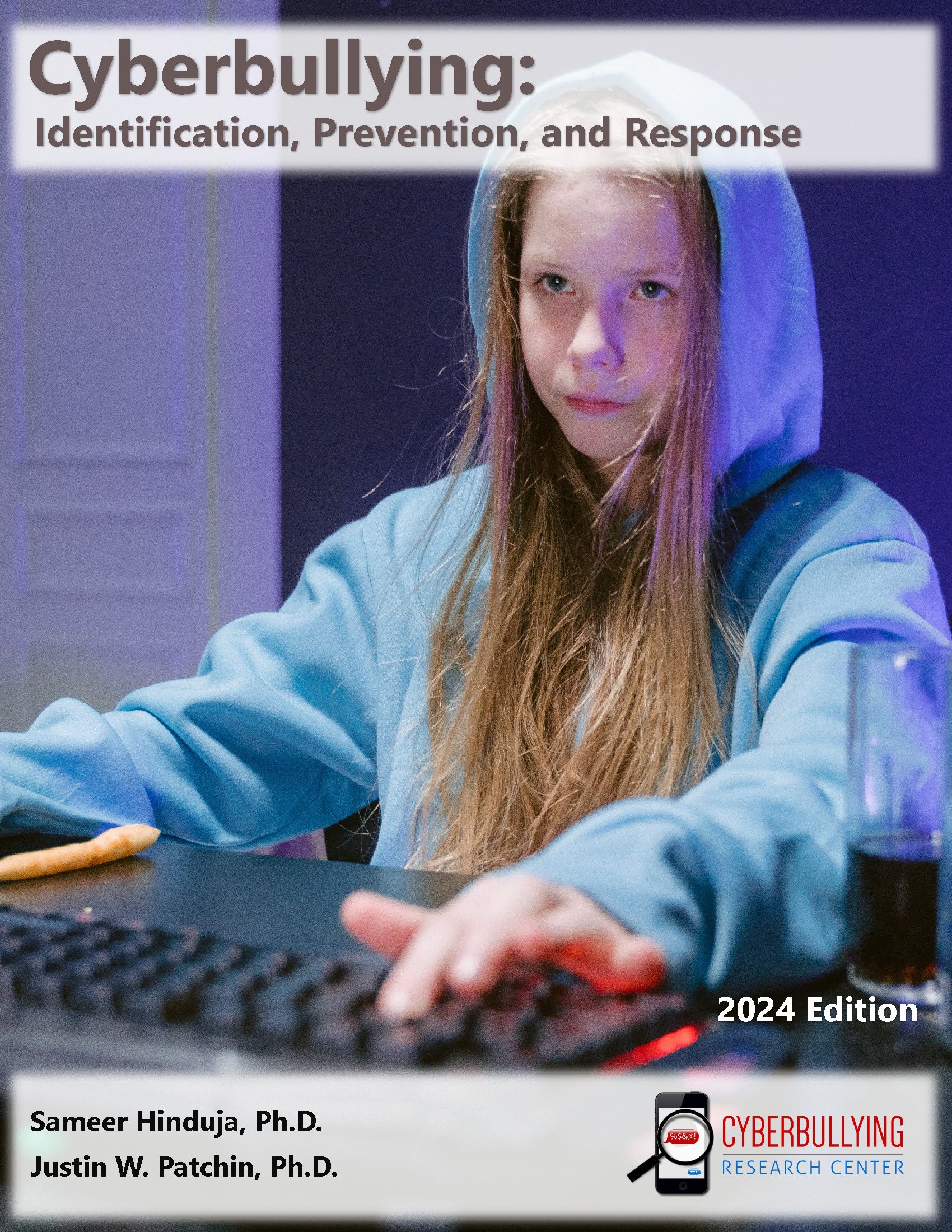
Cyberbullying Fact Sheet: Identification, Prevention, and Response
UPDATED for 2024! This detailed guide is a nine-page summary – filled with as much useful information as possible – to equip educators, parents, and other youth-serving adults to spot cyberbullying, respond to it appropriately and meaningfully, and to prevent its future occurrence among those they care for. If you only have time to read […]
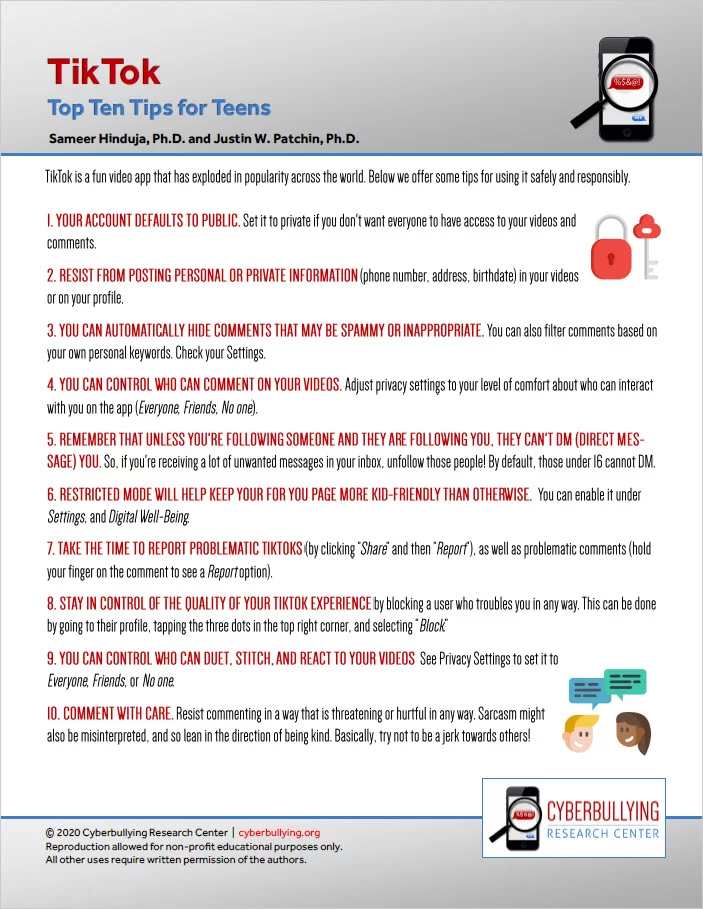
TikTok: Top Ten Tips for Teens
(For a formatted .pdf version of this article for distribution, click on the image above [or click here]). TikTok is a fun video app that has exploded in popularity across the world. Below we offer some tips for using it safely and responsibly. 1. YOUR ACCOUNT DEFAULTS TO PUBLIC. Set it to private if you […]
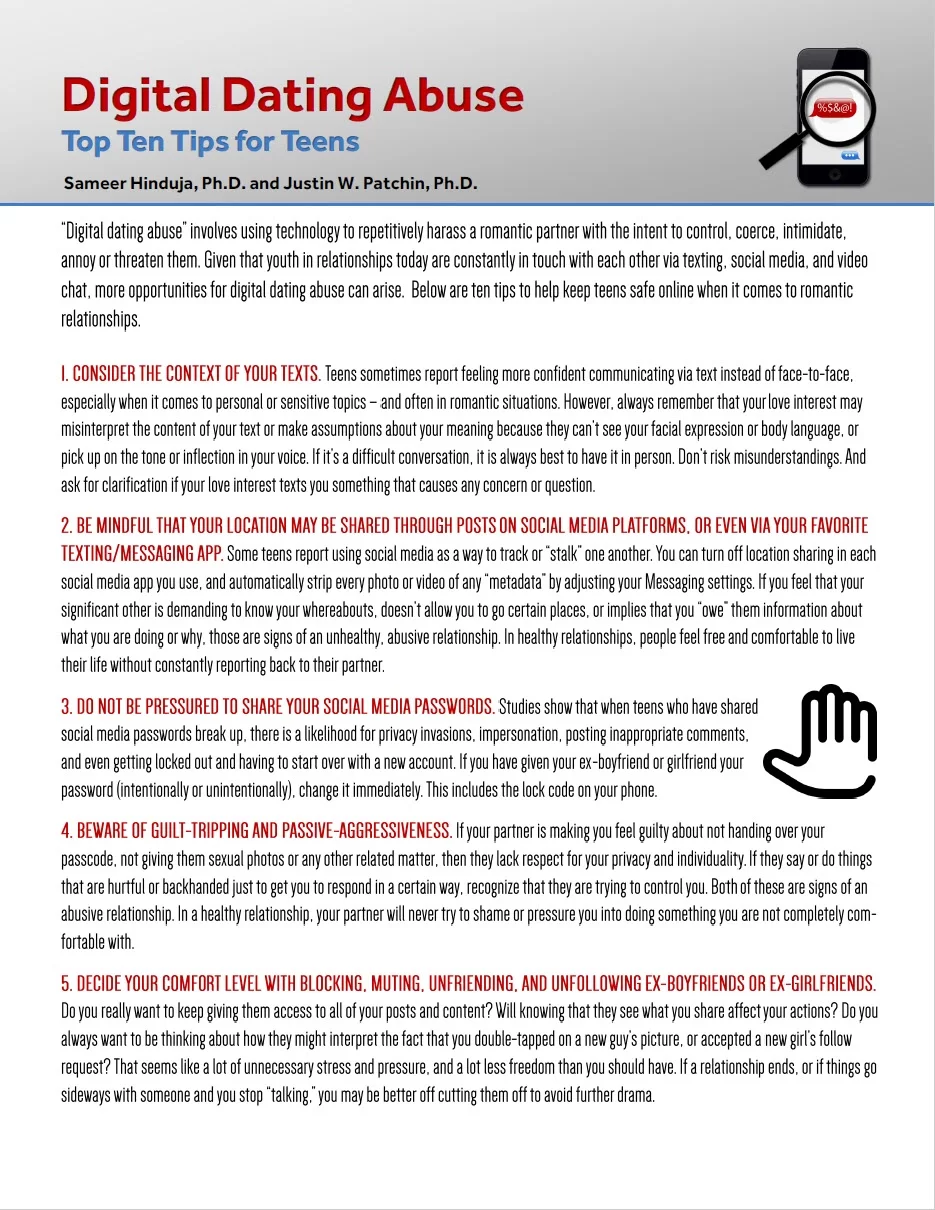
Digital Dating Abuse: Top Ten Tips for Teens
“Digital dating abuse” involves using technology to repetitively harass a romantic partner with the intent to control, coerce, intimidate, annoy or threaten them. Given that youth in relationships today are constantly in touch with each other via texting, social media, and video chat, more opportunities for digital dating abuse can arise. Below are ten tips to help keep teens safe online when it comes to romantic relationships.
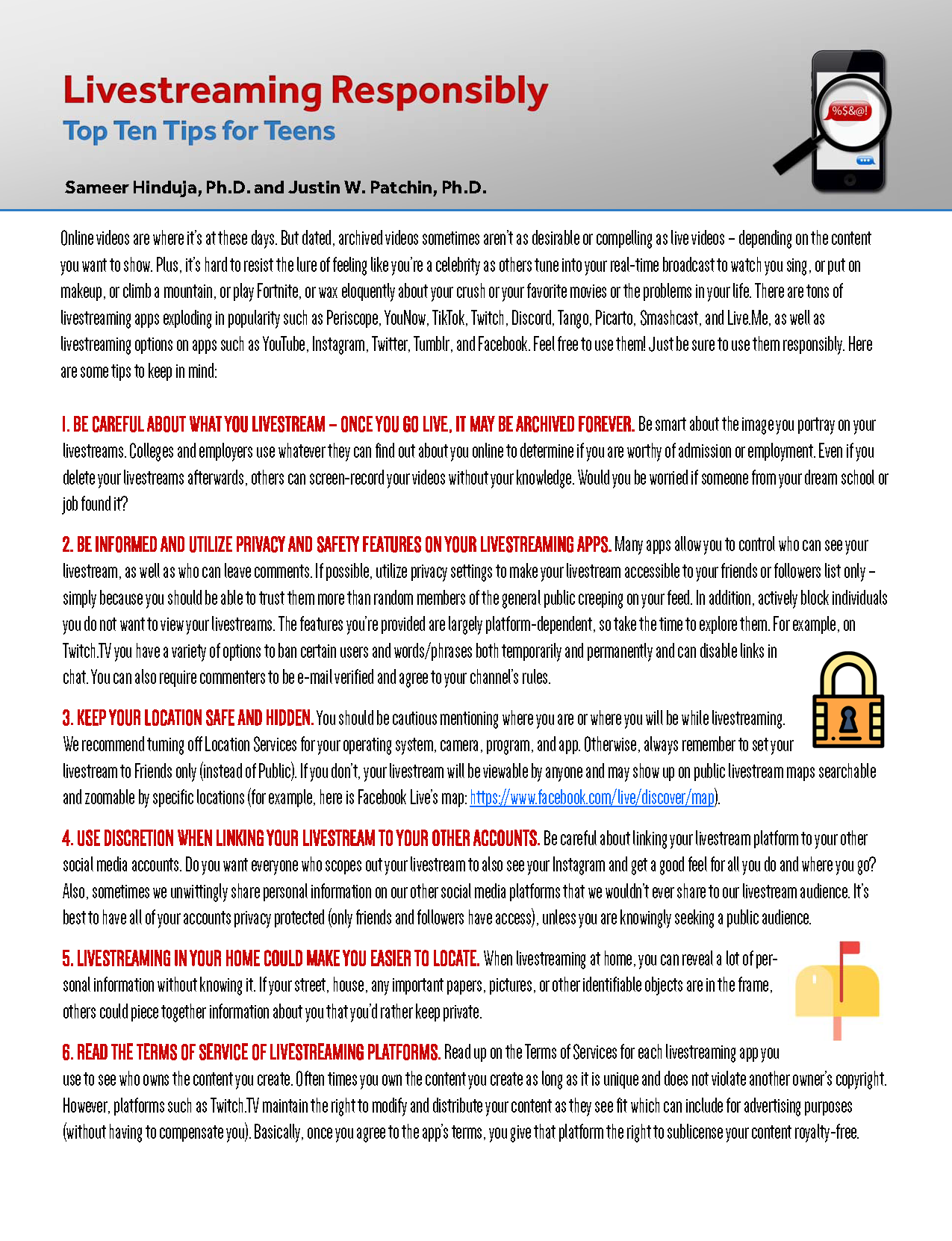
Livestreaming: Top Ten Tips for Teens
(For a formatted .pdf version of this article for distribution, click on the image above [or click here]). Spanish Translation Available Here Online videos are where it’s at these days. But dated, archived videos sometimes aren’t as desirable or compelling as live videos – depending on the content you want to show. Plus, it’s hard […]
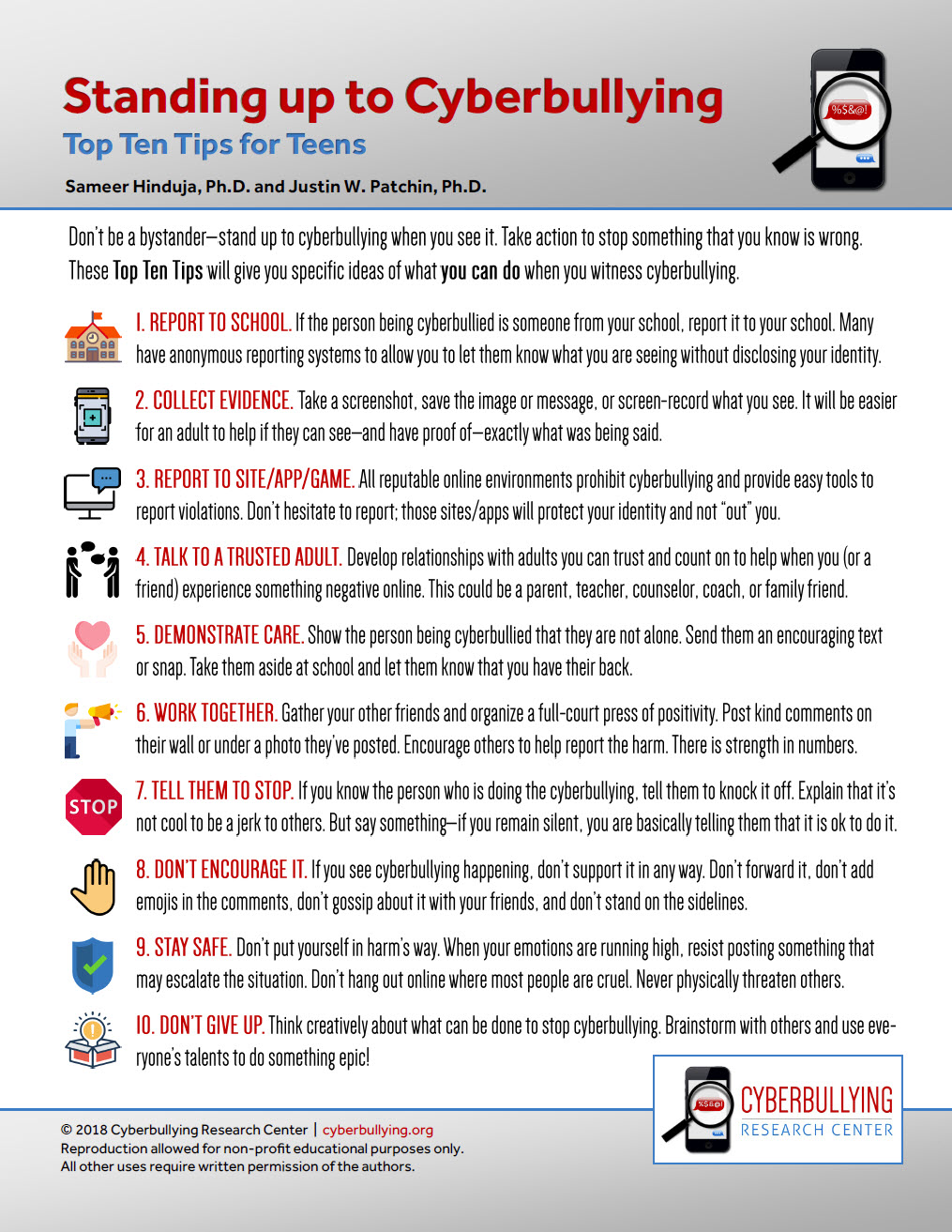
Standing up to Cyberbullying: Top Ten Tips for Teens
(For a formatted .pdf version of this article for distribution, click on the image above [or click here]). Spanish Translation Available Here Don’t be a bystander—stand up to cyberbullying when you see it. Take action to stop something that you know is wrong. These Top Ten Tips will give you specific ideas of what you […]
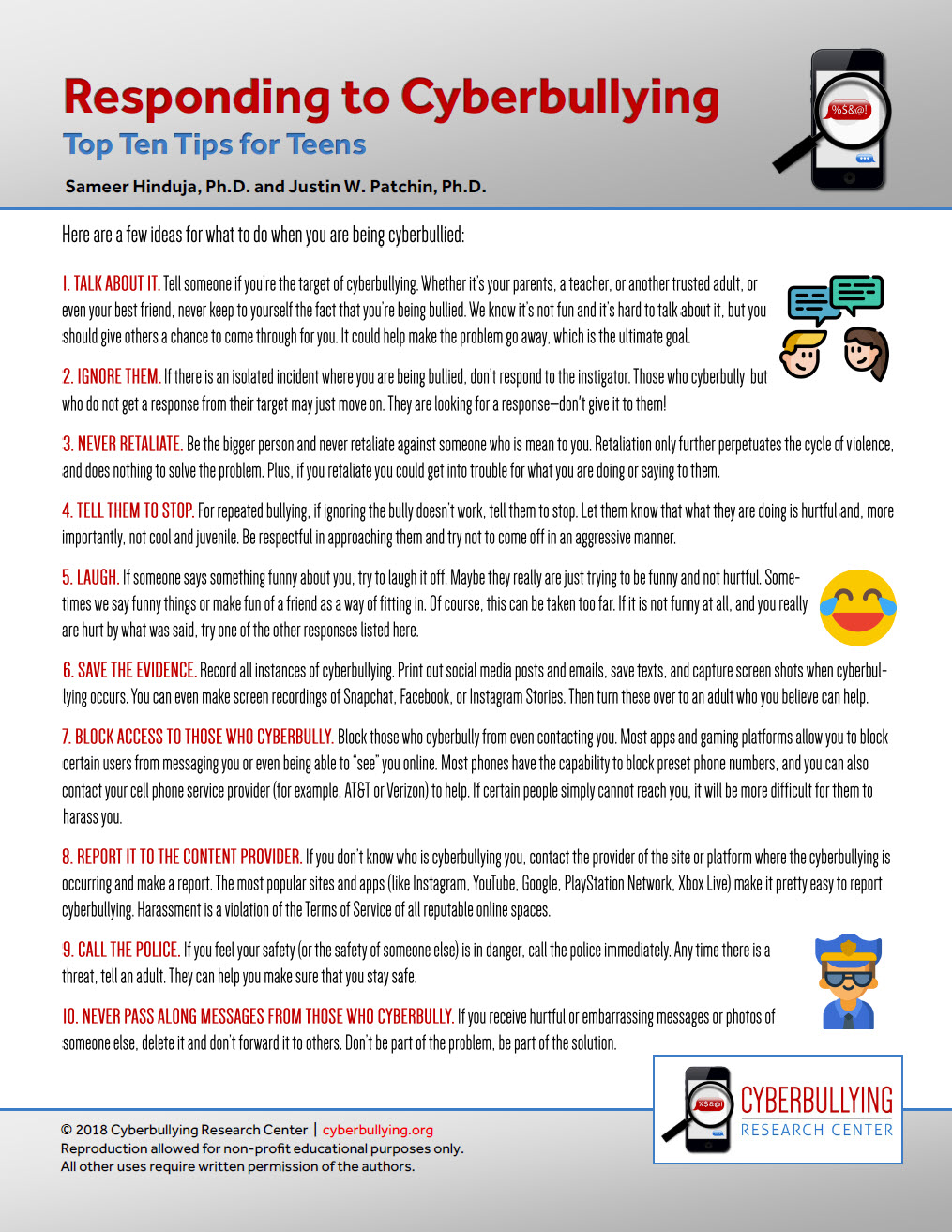
Responding to Cyberbullying: Top Ten Tips for Teens
Shares the top ten ways teens can respond to cyberbullying, online harassment, and related victimization when it happens to them. (For a formatted .pdf version of this article for distribution, click on the image above [or click here]). Spanish Translation Available Here Here are a few ideas for what to do when you are being […]
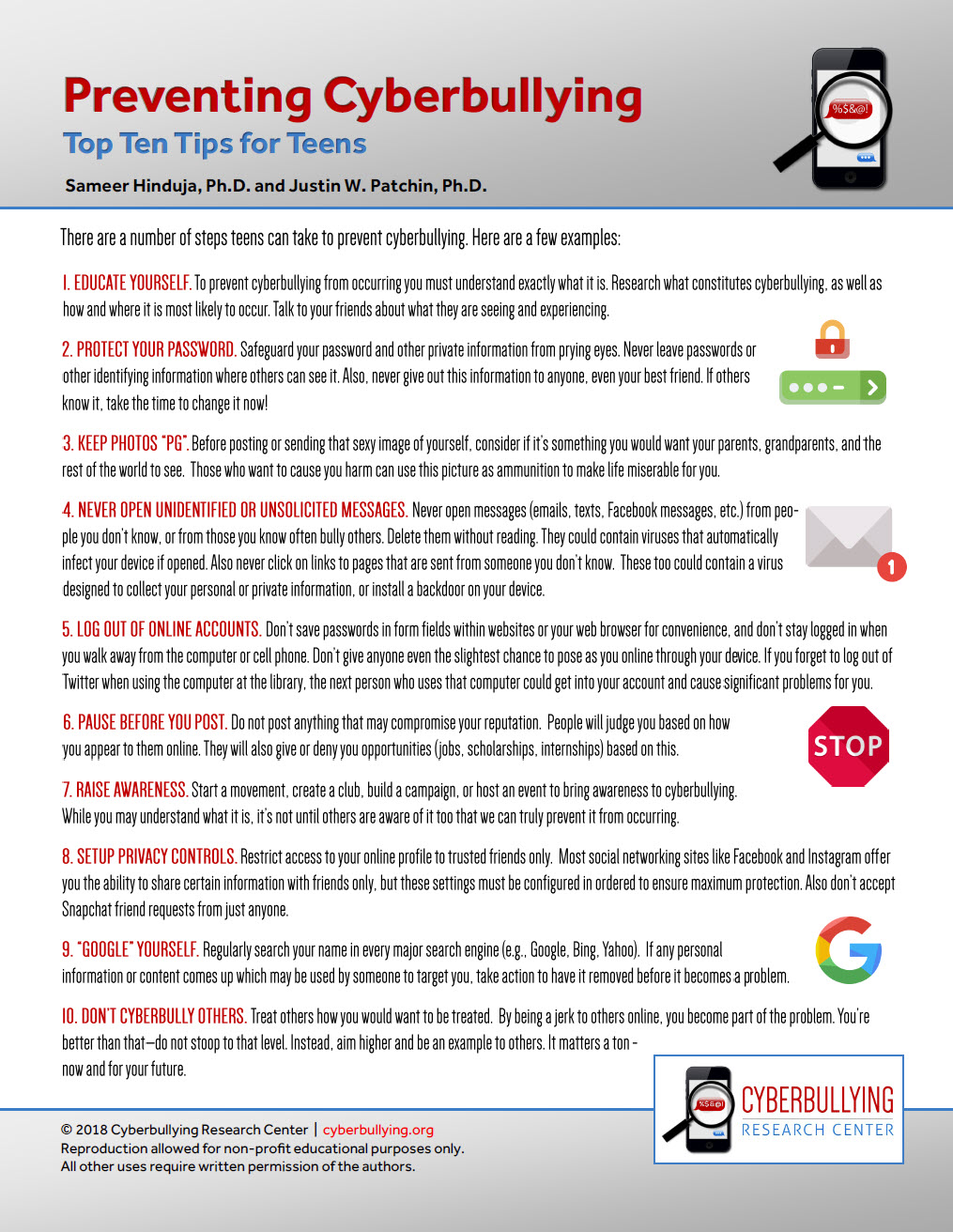
Preventing Cyberbullying: Top Ten Tips for Teens
(For a formatted .pdf version of this article for distribution, click on the image above [or click here]). Spanish Translation Available Here There are a number of steps teens can take to prevent cyberbullying. Here are a few examples: 1. EDUCATE YOURSELF. To prevent cyberbullying from occurring you must understand exactly what it is. Research […]
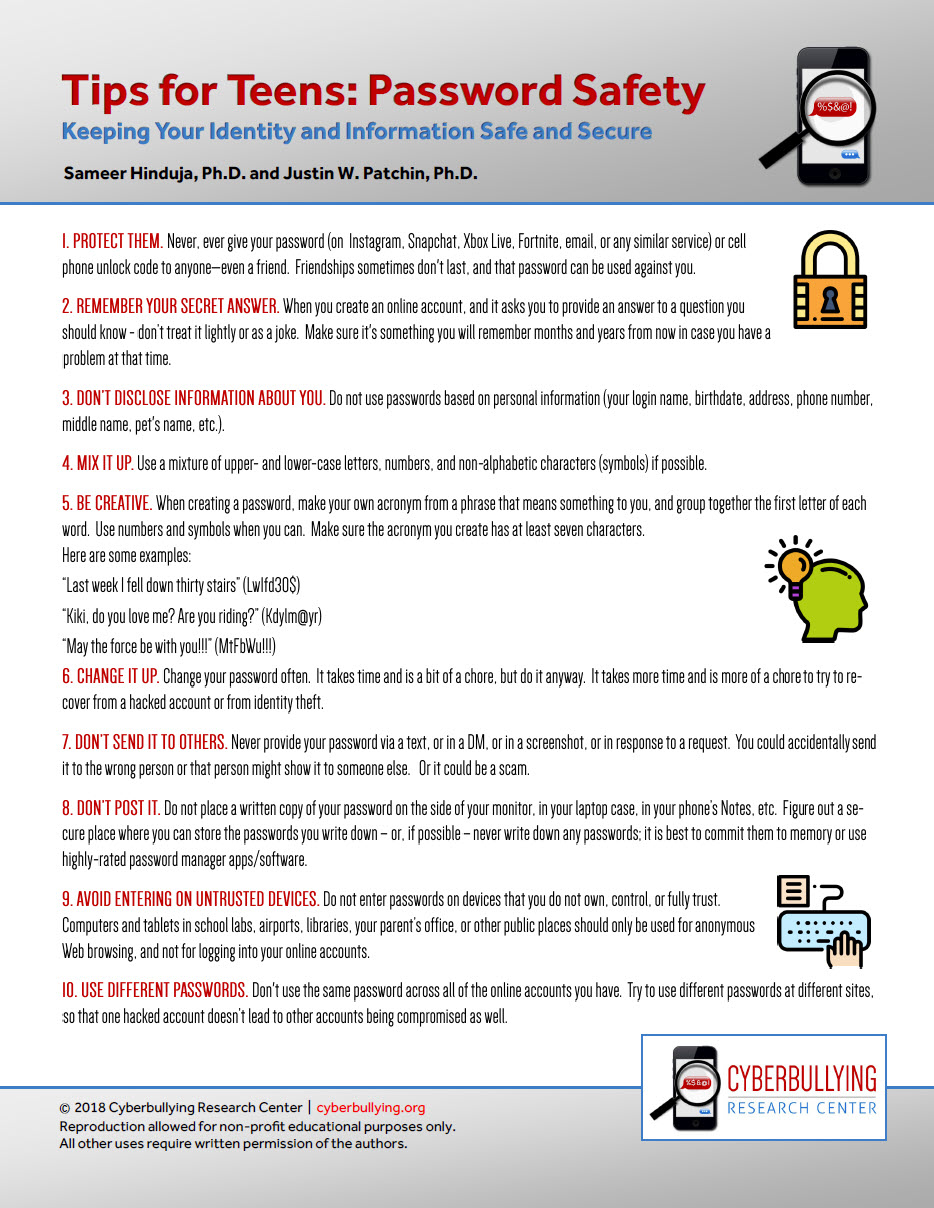
Password Safety: Top Ten Tips for Teens
(For a formatted .pdf version of this article for distribution, click on the image above [or click here]). Spanish Translation Available Here 1. PROTECT THEM. Never, ever give your password (on Instagram, Snapchat, Xbox Live, Fortnite, email, or any similar service) or cell phone unlock code to anyone—even a friend. Friendships sometimes don’t last, and […]
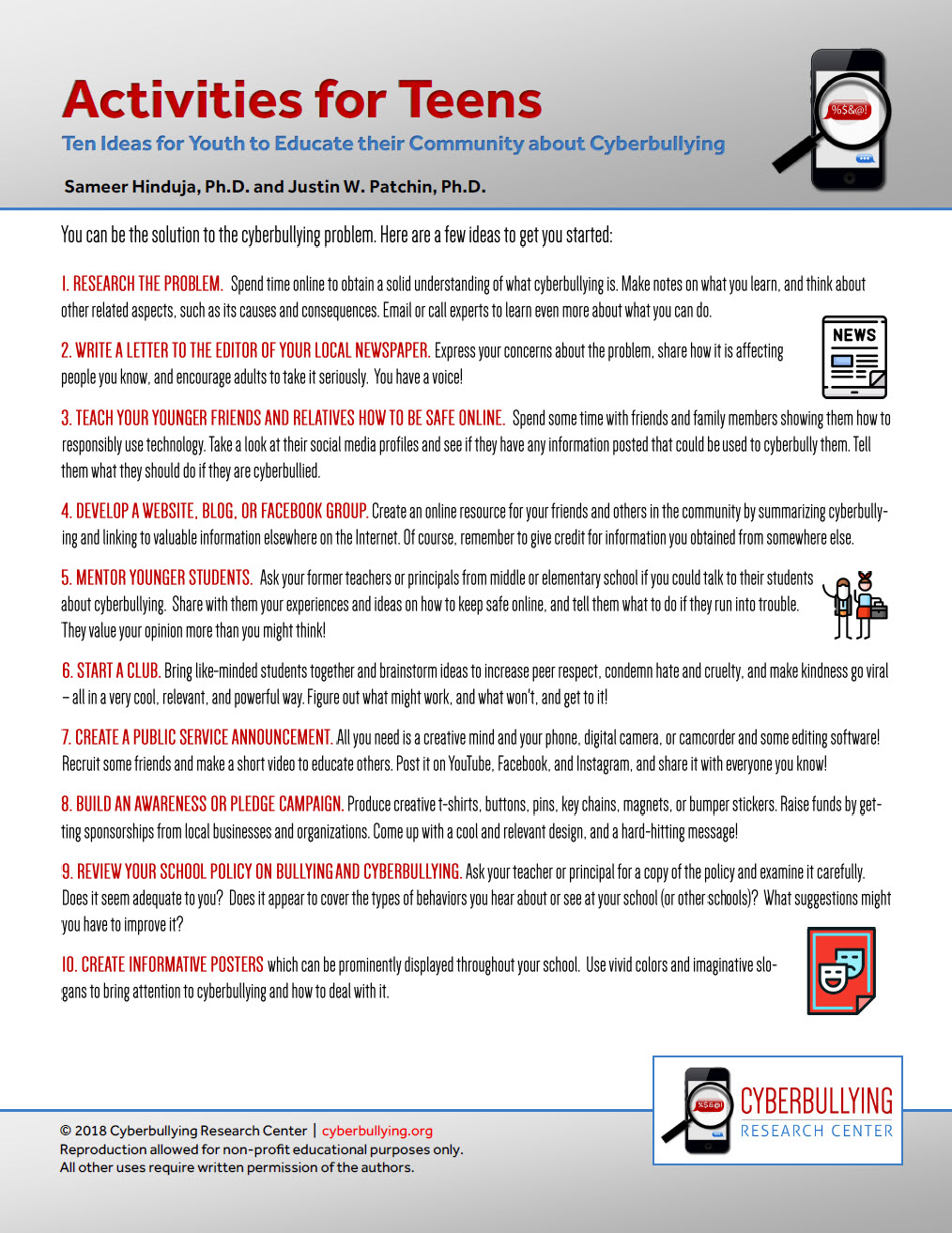
Ten Ideas for Youth to Educate their Community about Cyberbullying
(For a formatted .pdf version of this article for distribution, click on the image above [or click here]). Spanish Translation Available Here You can be the solution to the cyberbullying problem. Here are a few ideas to get you started: 1. RESEARCH THE PROBLEM. Spend time online to obtain a solid understanding of what cyberbullying […]
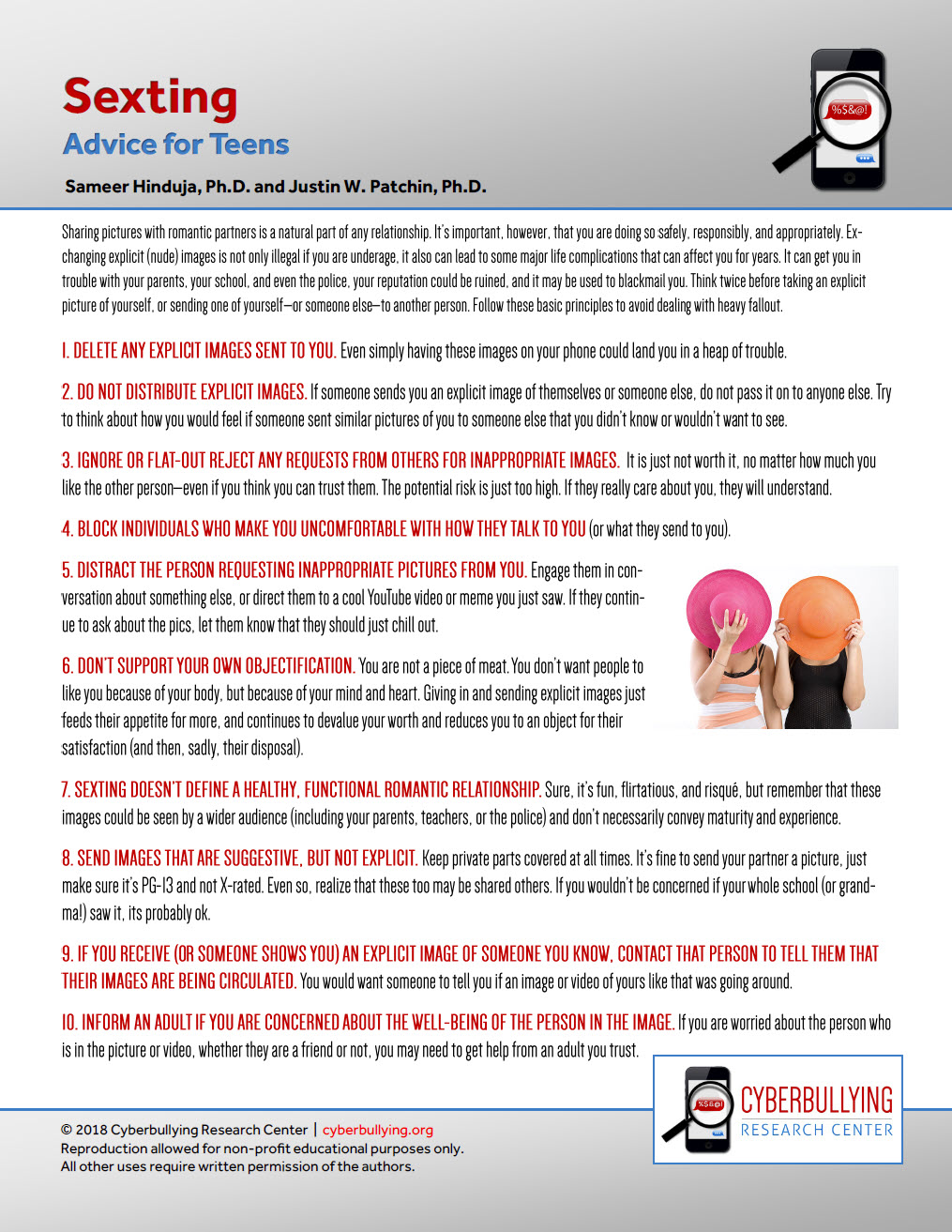
Sexting: Advice for Teens
(For a formatted .pdf version of this article for distribution, click here]). Spanish Translation Available Here Sharing pictures with romantic partners is a natural part of any relationship. It’s important, however, that you are doing so safely, responsibly, and appropriately. Exchanging explicit (nude) images is not only illegal if you are underage, it also can […]

